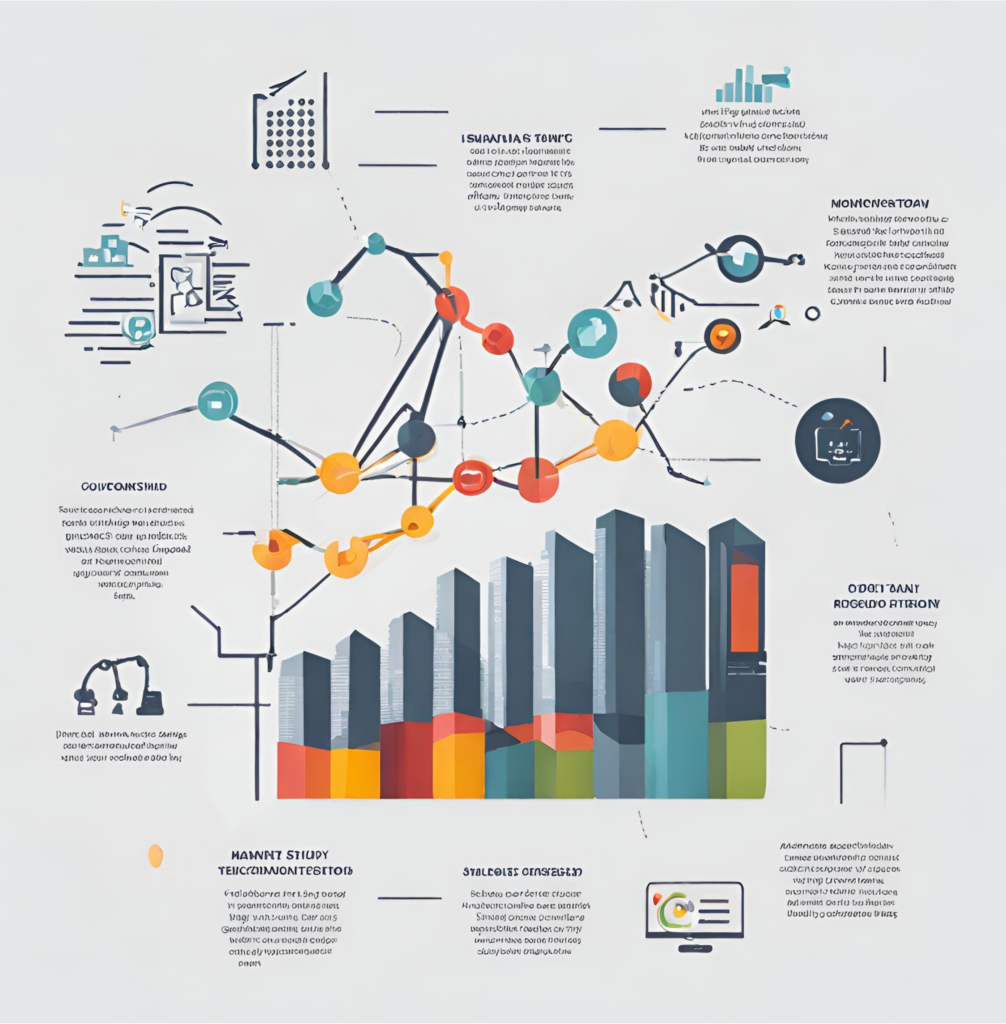
In today’s data-driven world, organizations of all sizes rely on data analytics to gain valuable insights, make informed decisions, and stay competitive. To harness the power of data, professionals need to be well-versed in a variety of data analytics tools and techniques. In this article, we’ll explore some essential data analytics tools and techniques that you should know, along with tips for optimizing your SEO strategy.
Importance of Data Analytics
Data analytics involves the examination of raw data to uncover trends, patterns, and insights. It plays a pivotal role in numerous industries, including finance, healthcare, marketing, and e-commerce. By leveraging data analytics, businesses can:
- Make Informed Decisions: Data-driven decision-making ensures that businesses are more likely to succeed by reducing guesswork and increasing accuracy.
- Enhance Customer Experience: Understanding customer behavior and preferences enables businesses to tailor their products and services to meet customer needs.
- Increase Efficiency: Data analytics can identify inefficiencies in processes, allowing for cost reduction and resource optimization.
- Predict Future Trends: By analyzing historical data, businesses can forecast future trends, enabling them to prepare for upcoming challenges and opportunities.
Now, let’s delve into some essential data analytics tools and techniques:
Data Analytics Tools
- Microsoft Excel: Excel is a versatile tool for basic data analysis. It’s widely used for data cleaning, visualization, and simple calculations.
- Python: Python is a programming language with a vast ecosystem of libraries like NumPy, pandas, and Matplotlib, making it a popular choice for data analysis and visualization.
- R: R is specifically designed for statistical analysis and data visualization. It’s a favorite among statisticians and data scientists.
- SQL: Structured Query Language (SQL) is essential for managing and querying relational databases. It’s crucial for retrieving and manipulating data.
- Tableau: Tableau is a powerful data visualization tool that allows users to create interactive and shareable dashboards.
Data Analytics Techniques
- Descriptive Analytics: This involves summarizing data to gain insights into past events. It includes techniques like data visualization and summary statistics.
- Predictive Analytics: Predictive analytics uses historical data to make predictions about future events. Machine learning algorithms, such as regression and classification, are often used for this purpose.
- Prescriptive Analytics: Prescriptive analytics goes beyond prediction by suggesting actions to optimize outcomes. It’s valuable in decision-making processes.
- Cluster Analysis: Cluster analysis groups data points based on similarities, helping identify patterns and segments within datasets.
- Time Series Analysis: This technique is used for analyzing time-ordered data to uncover trends, seasonality, and cyclic patterns.
SEO Optimization Tips
Now, let’s consider some SEO optimization tips for this article:
- Keyword Research: Identify relevant keywords related to data analytics tools and techniques. Use tools like Google Keyword Planner to find high-ranking keywords.
- Keyword Placement: Incorporate your chosen keywords naturally throughout the article, including in the title, headings, and body text.
- High-Quality Content: Ensure your content is informative, well-structured, and valuable to readers. Use subheadings to break up content and make it more readable.
- Internal and External Links: Include relevant internal links to other articles on your website and external links to authoritative sources.
- Optimize Images: Compress images to improve page load times and include descriptive alt text for accessibility.
- Mobile-Friendly Design: Ensure your website is mobile-responsive for a better user experience.
- Meta Tags: Write compelling meta titles and descriptions that include your target keywords.
By following these SEO optimization tips and staying updated on the latest data analytics tools and techniques, you can create content that not only educates your audience but also ranks well in search engines, driving more traffic to your website.

Leave a Reply